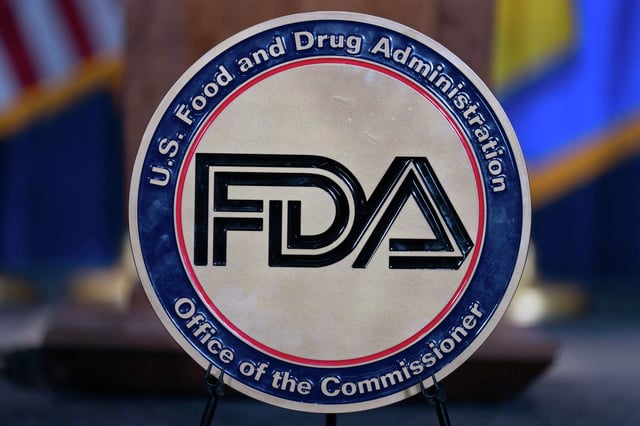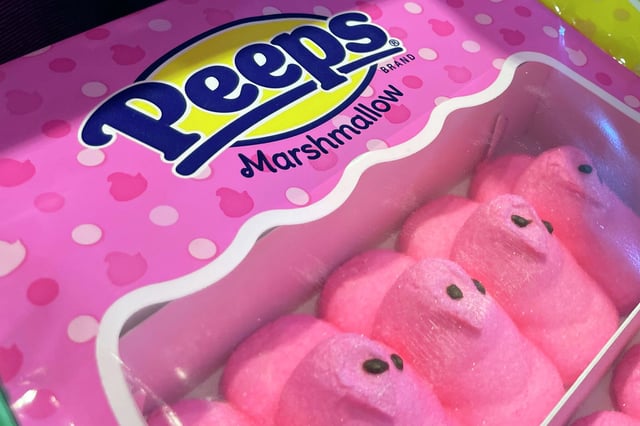Overview
- The FDA has approved three new natural color additives: Galdieria extract blue, butterfly pea flower extract, and calcium phosphate, expanding options for food manufacturers.
- This approval aligns with the HHS initiative to eliminate petroleum-based synthetic dyes from the U.S. food supply by the end of 2026, with Red No. 3 set for removal by 2027–28.
- Galdieria extract blue, derived from algae, is now approved for use in beverages, popsicles, candy, yogurt, and other food items.
- Butterfly pea flower extract, obtained from dried flower petals, can now be used in snacks like chips and cereals in addition to beverages, gum, and ice cream.
- Calcium phosphate, a white coloring, is authorized for use in ready-to-eat chicken, doughnut sugar coatings, and candy melts, ensuring a broader range of natural options.



